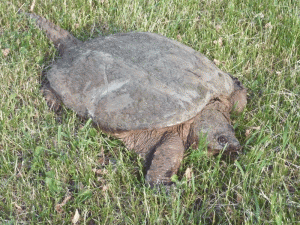
Snapping turtle on her way to lay eggs. Deep scrapes on shell show former close calls.
It’s that time of year again. Turtles on the road. Big ones, small ones, and, alas, flat ones who will never make it to the other side. Females, of course, on their annual heroic quest to nest. In my neighbourhood, they start from the marsh, perform the awesome feat of ascending an almost vertical, brush covered, limestone escarpment—and then are faced with the road at the top. The broad blacktop is the most deadly barrier to the nesting ground the brave little turtle has set her heart upon.
A wise turtle would wait until after midnight when the road can go for hours without a single car. Perhaps some do and we never notice their successful crossing. The ones we do see are the daylight adventurers who dare the dump trucks, roaring tractors, speeding SUVs and pickups hauling ATVs. Small turtles take a long time to get across, often halting in confusion as vehicles whizz past. Most drivers try to miss them but can’t always manage, resulting in yet another turtle fatality,
Sometimes people screech to a halt, back up and carry the turtle across the road. Unfortunately many folks imagine the turtle wants to get to the marsh and is mixed up in direction so they send the little creature down the hill towards the water. All that happens is that the turtle makes her laborious way back to the road and starts trudging the death gauntlet again.
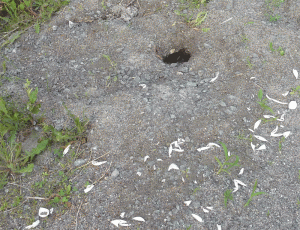
Looted turtle nest in roadside gravel. Skunks or raccoons have only left scattered eggshells.
Some turtles wimp out, lay their eggs on the tempting road edge gravel, and head back home. By morning, there’s nothing but a hole and some eggshells showing where the skunks and raccoons have treated themselves a midnight feast.
Due to road mortality for mothers-to-be, the gender ratio in some species has been reduced as low as one female to twelve males. Devastating for species survival. So do not hit a turtle on the road. If you can do it safely, stop and help them across – in the same direction they are heading. If it’s a snapping turtle, shoo it across or pick it up carefully by the back of the shell to avoid discovering how the turtles got their name. A fair sized snapper can easily take off a finger. Never lift them by their tail. That causes internal damage. Do not move them to “a better place”. Turtles have their nesting range and will only undertake the wearisome journey to return—which probably involves yet more roads.
Whenever you see a turtle, appreciate the valour of its mother and applaud the string of lucky happenstances allowing the creature to stay alive. Protect it if you can because now you know why the turtle crossed the road.
Gail Hamilton’s books.
Like this:
Like Loading...
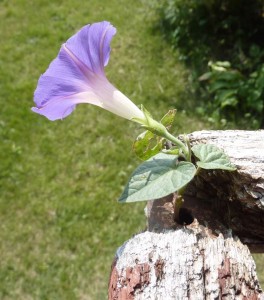
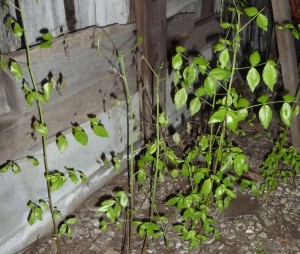

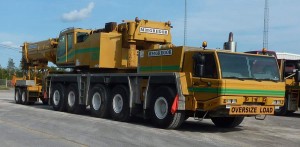
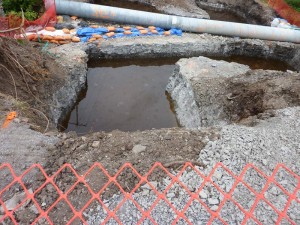
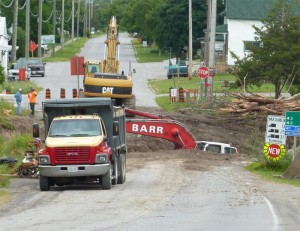
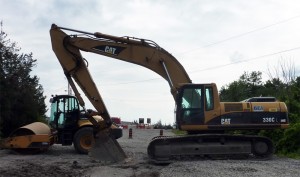
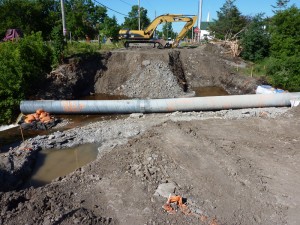
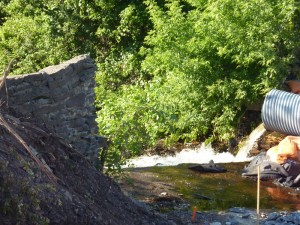
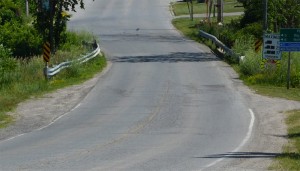
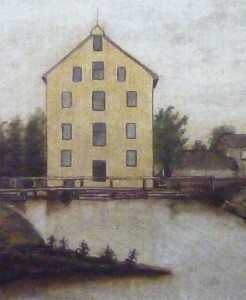
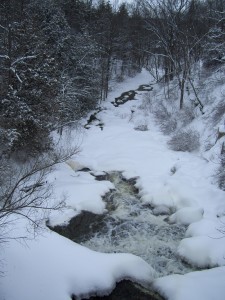


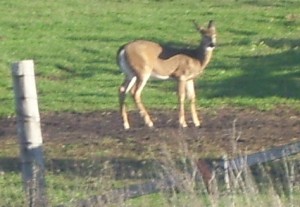
 start a novel that wants to take a big chunk of your life? You pay too much attention to an off-hand suggestion from your literary agent.
start a novel that wants to take a big chunk of your life? You pay too much attention to an off-hand suggestion from your literary agent. lks, I just did an author review for my latest romance, Will He Be Mine? This is the first volume of the Love Potion Chronicles.
lks, I just did an author review for my latest romance, Will He Be Mine? This is the first volume of the Love Potion Chronicles.